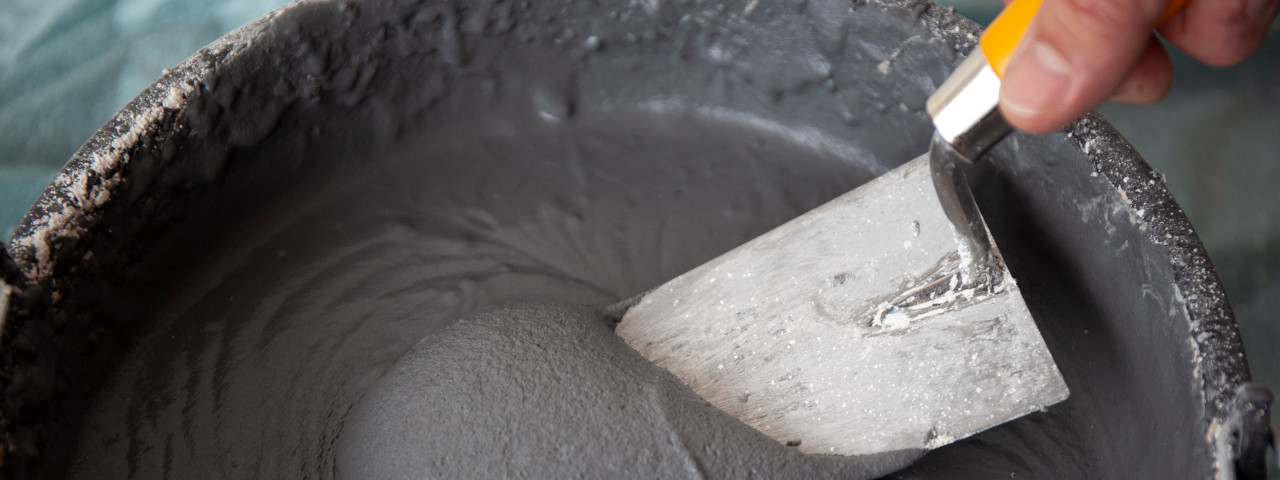Follow Cashbuild's advice on buying and caring for cement, your key building ingredient
In the modern world cement is still the most important ingredient in most building projects because it holds structures together. Science and technology have helped to develop various cements so you can choose the right product for the job - for instance for use with bricks that are loadbearing and those that aren't, for projects using soft stone masonry, for patios, retaining walls or glass blocks and in places where extreme heat is a factor (such as a braai area or a chimney above a fireplace).
Cashbuild takes the guesswork out of choosing the right product by stocking a wide range of trusted cement brands. That makes it easy for you to choose the right product for the job at hand.
These quality brands ensure reliability and access to service backup and technical advice. You're also assured the bags you buy will contain the quantity of cement you've paid for.
After you've bought the cement you must ensure you handle and transport it properly and always be aware of safety issues.
Handle cement bags carefully when loading and unloading them. Roll the bags over before lifting them to loosen the contents and reduce the risk of bags splitting.
Bend your knees when picking up a bag of cement and carry it at waist height or on your shoulder. Support the underside of the bag when carrying it. Don't drop bags from any height - the impact could damage and weaken the bag. Avoid inhaling cement particles and dust - they can damage your lungs.
Cement on the move
Check your vehicle before loading cement bags and remove any sharp objects from the load area to avoid tearing or damaging the bags.
Make sure the bags are securely covered with plastic or a tarpaulin that's tied down tightly before you start driving. Don't overload the vehicle.
Storage
Raw cement is vulnerable to the elements and the environment so it's important to store it in a dry place, protected by a plastic sheet and raised off the ground if possible to decrease the likelihood of water damage.
Use the cement on a "first in, first out" basis because it begins to deteriorate after about three months.
Cement work made easy
Follow the detailed mixing instructions on the cement packaging for your specific application.
It's essential to thoroughly mix all the materials until a uniform colour is achieved to avoid a patchy finished appearance and weakened spots.
Good quality cement, based on fly ash, makes mixing easier - and the ideal "buttery" mixture allows a better work rate. Mix the cement as near as possible to where it will be used.
Remove air bubbles from the mixture using hand tools or mechanical vibrators to avoid weakening the structure you're building.
Safety
Wear a dust mask when opening bags of cement or cement products. Wet cement, an alkaline material, is caustic and can cause chemical burns to exposed skin and eyes. Wear waterproof gloves, a long-sleeved shirt, full-length trousers and proper eye protection.
If you have to stand in wet cement use waterproof boots that are high enough to prevent cement from falling into them.
Wash wet concrete, mortar, cement or cement mixtures from your skin immediately. Flush eyes with clean water immediately after contact. Indirect contact through clothing can be as serious as direct contact so promptly rinse clothing to remove wet concrete, mortar, cement or cement mixtures. Always seek immediate medical attention if you have persistent or severe discomfort.
Don't store cement with other products such as fertiliser, gypsum-based products or food.
Visit your nearest Cashbuild store to find out more about trusted cement brands. The friendly consultants will help to ensure you have the right safety gear and product for the job. For more information call the Cashbuild Customer Care line on 0860-100-582



